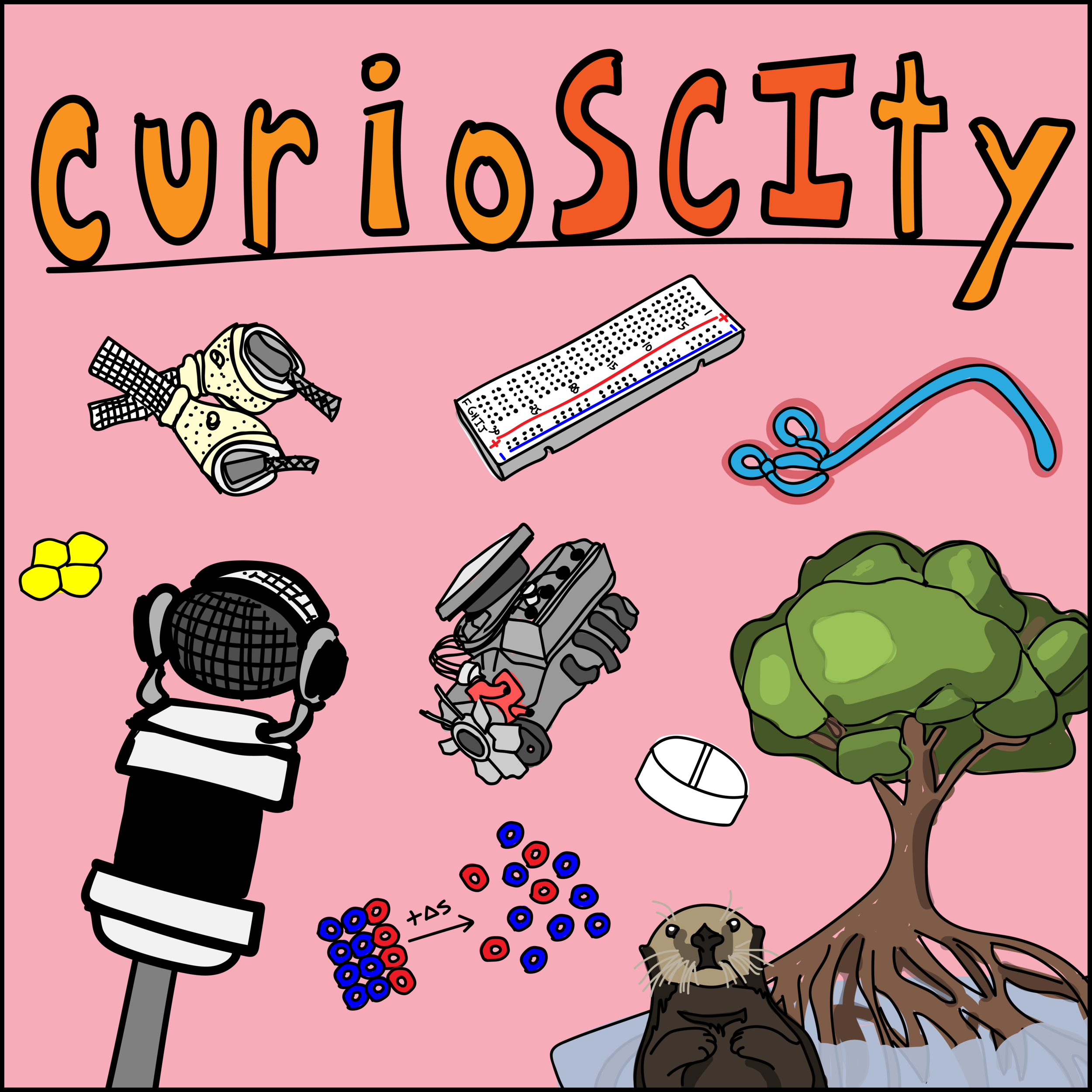60 - Zoonosis (w/ Crystal Mendoza!)
60. Zoonosis (w/ Crystal Mendoza!)
While today’s research often has a bias of being primarily for the benefit of humankind, there are many pathogens that negatively affect other organisms on Earth. Today, we’ll discuss zoonosis and how transfer of a pathogen from one organism to another can shape global health. Let’s learn to be scientifically conversational.
General Learning Concepts
1) What is zoonosis?
a. What is an infection? “Infections are caused by microscopic organisms known as pathogens—bacteria, viruses, fungi, or parasites—that enter the body, multiply, and interfere with normal functions.”
i. What is a micro-organism?
b. What is disease? Infection, often the first step, occurs when bacteria, viruses or other microbes that cause disease enter your body and begin to multiply. Disease occurs when the cells in your body are damaged — as a result of the infection — and signs and symptoms of an illness appear.
c. What is zoonosis? The CDC and WHO define zoonosis (or zoonotic disease) as any disease or infection that is naturally transmissible from vertebrate animals to humans. Zoonoses can be caused by bacteria, parasites, fungi, or viruses. [2]
d. What is a vector? A vector is a living organism that transmits an infectious agent from an infected animal to a human or another animal. Vectors are frequently arthropods, such as mosquitoes, ticks, flies, fleas and lice.
i. Biological vector: Such as mosquitoes and ticks may carry pathogens that can multiply within their bodies and be delivered to new hosts, usually by biting.
ii. Mechanical vector: Such as flies, can pick up infectious agents on the outside of their bodies and transmit them through physical contact.
2) Examples of diseases that are zoonotic
a. Lyme disease: The Lyme bacterium is spread when a tick (the vector) feeds on an infected animal like a mouse or a squirrel and then later transfers the illness to a human. According to the CDC, 94% of all vector-borne diseases in the US come from tick bites.
b. West Nile: West Nile Virus is spread by the bite of an infected mosquito. Mosquitoes become infected when they feed on infected birds. Infected mosquitoes can then spread WNV to humans and other animals when they bite.
c. Malaria: Malaria is caused by the protozoan parasite Plasmodium. Human malaria is caused by four different species of Plasmodium. The malaria parasite is transmitted by female Anopheles mosquitoes. We’re going to discuss malaria in the next episode!
d. Rabies: Rabies is caused by the rabies virus, of the Lyssavirus genus, within the family Rhabdoviridae. Domestic dogs are the most common reservoir of the virus, with more than 99% of human deaths caused by dog-mediated rabies.
3) Why is zoonosis important for research today?
4) Fun Tidbits
a. How many infectious diseases spread from animals? It’s estimated and reported by the CDC that 6/10 known infectious diseases come from animals.
b. Climate change: As the climate of the globe changes, there are differences made in the distribution of vectors. These vectors can carry pathogens to locations they had never been previously (or been endemic to).
5) Solicited Questions
a. Where did Wuhan CoV (SARS CoV 2) come from?
Here are some resources (including the lyme and mice CRISPR editing paper)
"Mice against ticks": https://www.ncbi.nlm.nih.gov/pmc/articles/PMC6452264/
Here's a commentary in regards to "Mice Against Ticks": https://www.statnews.com/2019/08/22/gene-editing-to-stop-lyme-disease-caution-is-warranted/
Books on zoonosis:
"Spillover: Animal infections and the next human pandemic"- David Quammen (one of Crystal’s favorites!)
"Viruses, plagues, and history: past, present, and future"- Michael B. Oldstone


